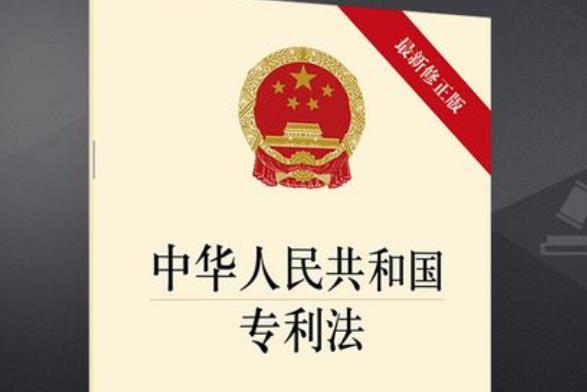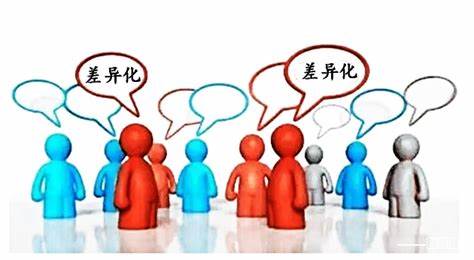In the era of the knowledge economy, the patent system, as the legal embodiment of innovative achievements, has become a core element of national competitiveness. From the evolution of China’s Patent Law to developments in international judicial practices, patent protection has always been integral to the entire process of technological innovation and market competition.
I. Institutional Reconstruction: The Legal Cornerstone of an Innovation Ecosystem
The development of China’s patent system reflects a transition from "following" to "leading." The three breakthroughs in the 2023 revision of the Patent Law hold milestone significance:

- The absolute novelty standard expands the scope of technical examination globally, compelling enterprises to pursue substantive innovation.
- The compulsory licensing system refines mechanisms to balance public health needs and technological monopolies.
- Provisions regulating patent abuse curb malicious litigation through the "prior art defense."
Taking the biopharmaceutical sector as an example, China challenges multinational pharmaceutical companies’ "patent walls" by raising authorization thresholds, while allowing generic drug manufacturers to apply for registration two years before patent expiration, achieving dual-track equilibrium between innovation incentives and public welfare. These institutional breakthroughs not only reshape the domestic innovation ecosystem but also provide Chinese companies with regulatory confidence to engage in global patent competition.
II. Global Competition: The Strategic Value of Patent Layout
Differences between Chinese and U.S. patent systems (the U.S. "first-to-invent principle" vs. China’s "first-to-file principle") have driven Chinese enterprises to adopt unique strategies:

- Securing market advantages through volume accumulation (e.g., over 3,000 standard essential patents in 5G).
- Breaking technological blockades via quality enhancement.
Such strategies have evolved from mere technical protection to battles for industrial discourse power. China’s TD-LTE standard, underpinned by patent licensing revenues, marks a leap from "technology importation" to "rule-making," validating the competitive axiom that "first-tier enterprises set standards."
III. Technological Disruption: Dynamic Balance in Protection Boundaries
Emerging technologies like 3D printing and artificial intelligence challenge traditional patent frameworks. When users can print patented product components, the legal distinction between "repair" and "remanufacturing" becomes critical. International judicial practices reveal two approaches:

- The U.S. Aro case established the "component replacement non-infringement" principle, prioritizing user rights.
- Germany’s "substantial characteristics standard" leans toward protecting patent holders.
China’s ruling in the Ink Cartridge Remanufacturing Case sets a precedent: by assessing whether replaced components embody the patented core technical contribution, it permits reasonable use while curbing technical circumvention, offering a "technical contribution degree" criterion for emerging fields.
This dynamic balancing philosophy extends to cutting-edge areas like data property rights and gene-editing technologies. China’s Patent Examination Guidelines explicitly include AI algorithms as protectable subject matter while excluding unethical technical solutions, fostering innovation within legal boundaries. Amid dual challenges of technological iteration and strategic institutional competition, the global dissemination and precise translation of patent documents form the final frontier in safeguarding innovation rights.
When technological breakthroughs encounter language barriers, the "last mile" of patent protection often hinges on translation accuracy. Services from professional agencies transcend mere language conversion, serving as strategic extensions of intellectual property protection:
- Errors in patent claim drafting may narrow protection scope.
- Mistranslations of technical terms could trigger international examination disputes.
- Oversights in legal clauses may plant seeds for infringement litigation.
About Glodom:
Glodom, a global top-100 language service provider, employs over 300 full-time staff and operates in more than 40 countries, supporting over 200 languages. With deep expertise in patents, we deliver end-to-end linguistic solutions for global innovators. By integrating AI-powered translation with human expertise, Glodom builds a linguistic fortress for patent protection, empowering Chinese standards to go global.


